Optimal Timing for Foundation Repairs
Understanding the optimal timing for foundation repairs can influence the effectiveness and longevity of the repair work. Seasonal weather patterns and ground conditions play a significant role in scheduling repairs to ensure stability and minimize disruptions.
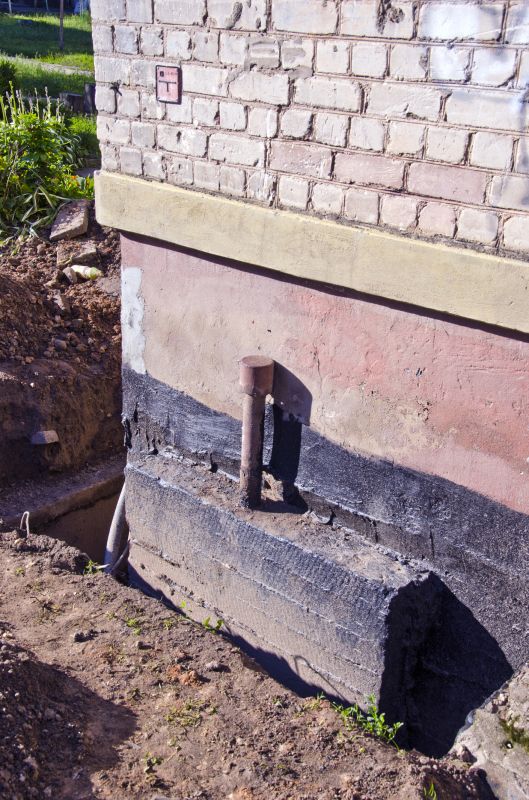
Spring offers moderate temperatures and ground moisture levels, making it suitable for foundation work.
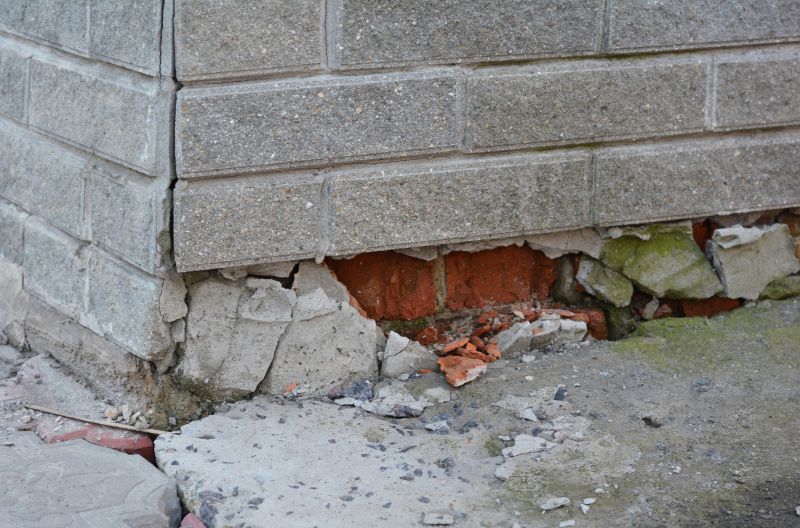
Summer's dry conditions can facilitate quicker repairs, but extreme heat may pose challenges.
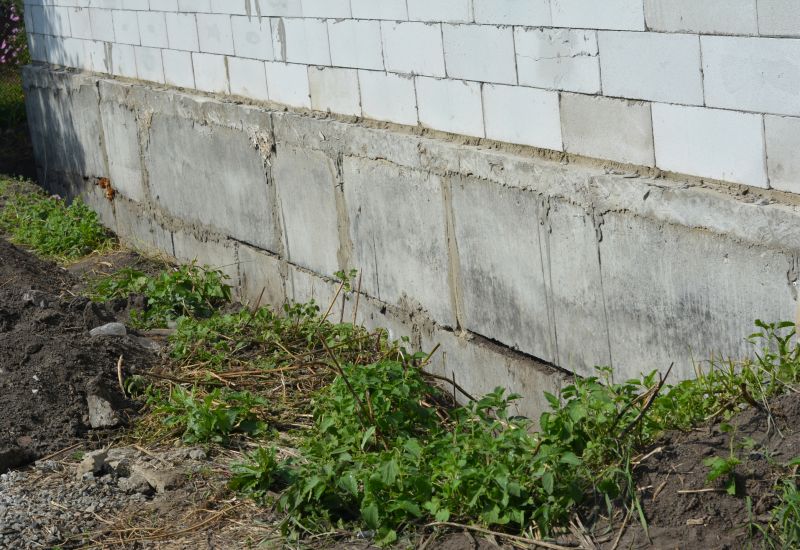
Fall provides cooler weather and stable ground conditions, ideal for foundation repairs.
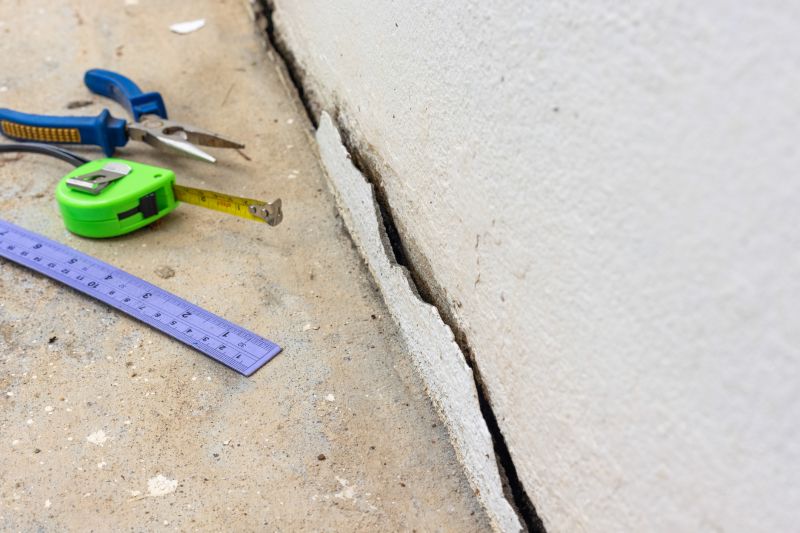
Ways to make Foundation Repairs work in tight or awkward layouts.
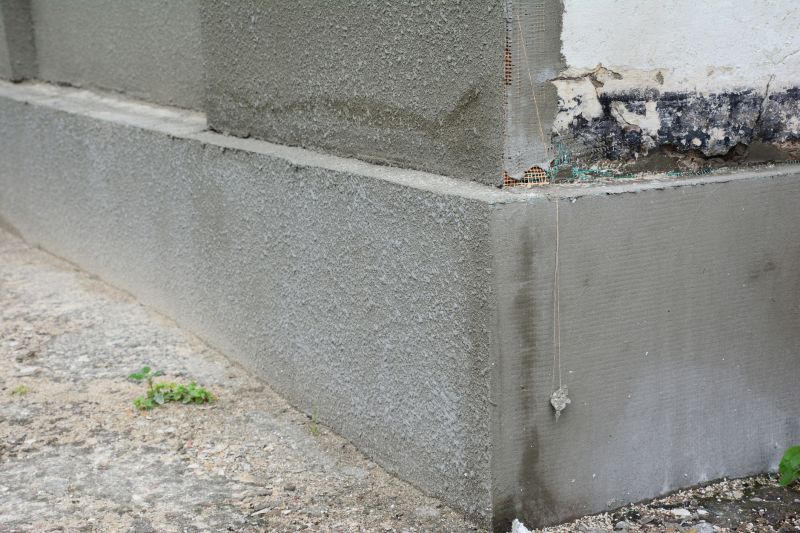
Popular materials for Foundation Repairs and why they hold up over time.

Simple add-ons that improve Foundation Repairs without blowing the budget.
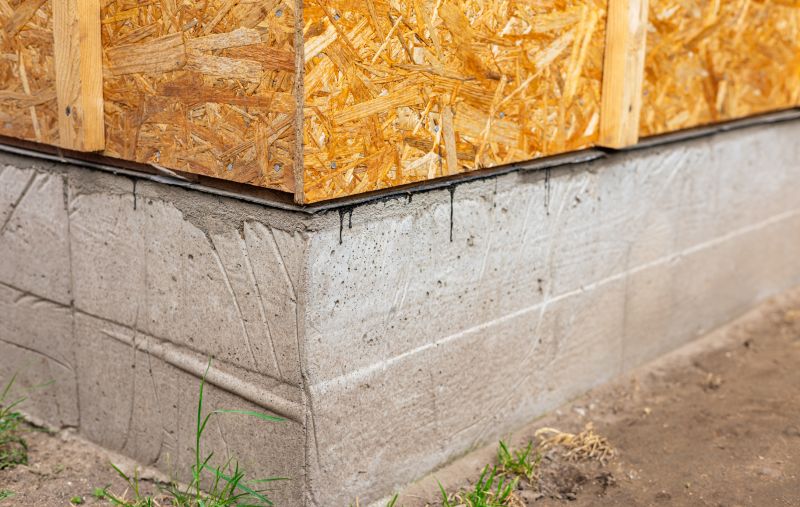
High-end options that actually feel worth it for Foundation Repairs.
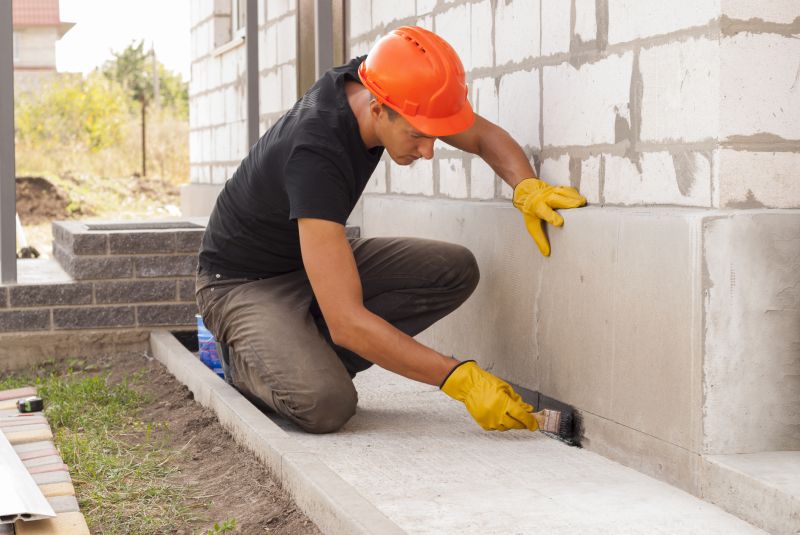
Finishes and colors that play nicely with Foundation Repairs.
Foundation repairs are essential for maintaining structural integrity and preventing further damage. They often address issues such as settling, cracking, and shifting caused by soil movement, moisture fluctuations, or poor construction. Timely repairs can help preserve property value and ensure safety.
Ground moisture levels and temperature fluctuations impact the timing of foundation repairs.
Extreme weather can delay repairs or affect the effectiveness of certain repair methods.
Spring and fall typically offer the most favorable conditions for foundation work.
Stable soil conditions are crucial for successful foundation repairs and long-term stability.
| Season | Optimal Conditions |
|---|---|
| Spring | Moderate temperatures, increased ground moisture, ideal for repairs |
| Summer | Dry weather, easier to work in, but high heat can be challenging |
| Fall | Cooler temperatures, stable ground, good for scheduling repairs |
| Winter | Cold temperatures and frozen ground can delay work |

Cracks can indicate shifting or settling that requires repair.
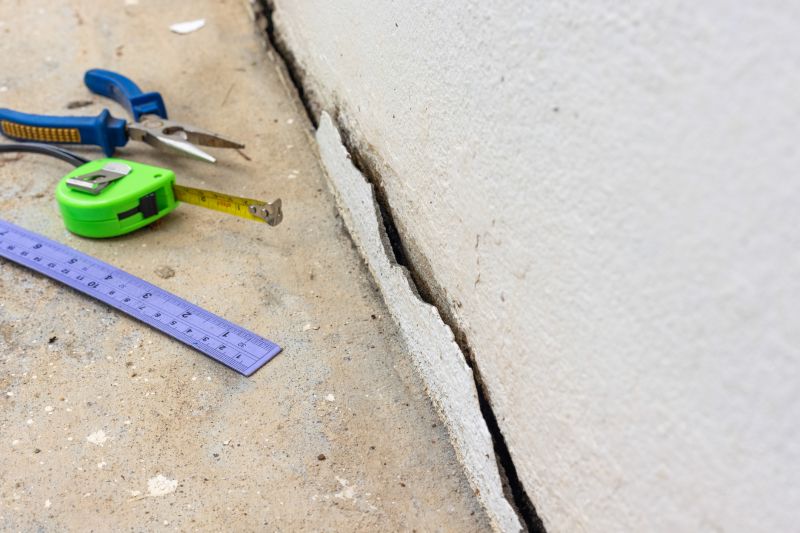
Soil expansion and contraction can cause foundation issues.

Water buildup can exert pressure on foundation walls.

Bowing walls often signal foundational instability.
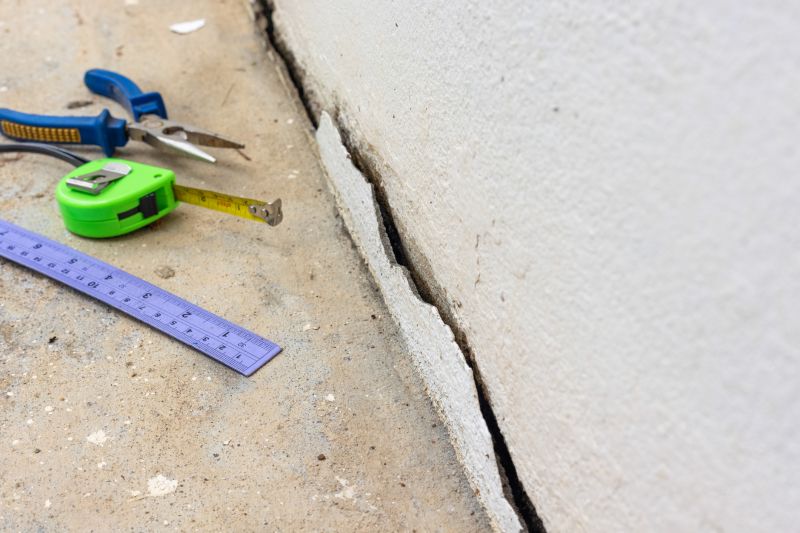
Little measurements that prevent headaches on Foundation Repairs day.

A 60-second routine that keeps Foundation Repairs looking new.

A frequent mistake in Foundation Repairs and how to dodge it.

Small tweaks to make Foundation Repairs safer and easier to use.
Timely foundation repairs are crucial to prevent further structural damage and costly future repairs. Proper assessment and scheduling during favorable weather conditions can enhance the effectiveness of repair methods and ensure the long-term stability of a property.
Regular assessment of soil and moisture levels helps determine the best repair timing.
Scheduling during favorable weather reduces delays and complications.
Ongoing moisture control and inspection support repair longevity.
Understanding local climate patterns aids in planning repairs effectively.
If foundation issues are suspected, it is advisable to consult with a foundation specialist to determine the best time for repairs based on current ground and weather conditions. Proper timing can enhance the durability and success of the repair process.
